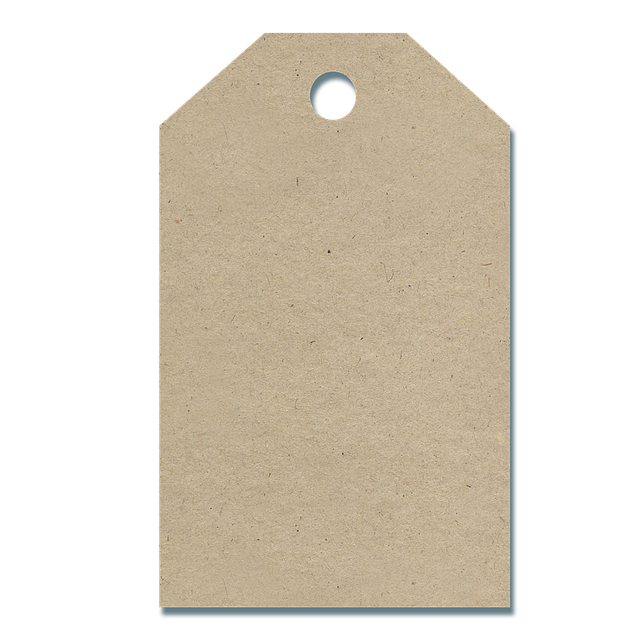Skin tags, common growths on various body parts, can be removed aesthetically or due to discomfort. Causes vary from friction to birth defects and moles. Professional advice is recommended for changes in size, color, or discomfort. At-home methods include OTC creams with salicylic acid or cornstarch, castor oil mixed with duct tape, or wart remedies. Stronger options like formaldehyde or TCA are available for consistent application over weeks. Birmingham Tag Removal can target these growths effectively while preserving healthy skin.
Looking to get rid of skin tags at home? This comprehensive guide explores effective removal methods, from non-invasive techniques to natural remedies. Learn about different types and causes of skin tags, and discover safe over-the-counter treatments available in Birmingham. We’ll also cover crucial safety precautions and when it’s best to seek professional help. Get ready to achieve smooth, tag-free skin with our expert tips for post-removal care.
- Understanding Skin Tags: Causes and Types
- Non-Invasive Home Removal Methods
- Effective Over-the-Counter Treatments
Understanding Skin Tags: Causes and Types
Skin tags, also known as acrochordons, are small, soft skin growths that typically appear as harmless bumps on various parts of the body. They are very common and usually not a cause for concern. However, some individuals prefer to remove them for aesthetic reasons or due to discomfort. Understanding their causes is essential when considering Birmingham Tag Removal options.
There are several types of skin tags, with the most prevalent being acral tags, often found on the neck, armpits, and groin area. They develop due to friction or irritation from clothing or jewelry. Other types include sebaceous tags, which usually appear at birth, and tag-like moles. While they are generally harmless, seeking professional advice is recommended if skin tags change in size, color, or cause any discomfort.
Non-Invasive Home Removal Methods
When considering skin tag removal at home, it’s crucial to explore non-invasive methods that are safe and effective, especially for those seeking alternatives to professional treatments like Birmingham Tag Removal. One popular approach involves using over-the-counter (OTC) creams or salves designed to soften and eventually remove skin tags. These products typically contain ingredients like salicylic acid or cornstarch, which can help in the process of exfoliation and eventual shedding of the tag.
Additionally, some at-home methods involve applying a combination of castor oil and duct tape. This strategy works by suffocating the skin tag over several days, leading to its eventual detachment. While these DIY solutions are popular, it’s essential to remember that individual results may vary, and proper hygiene and caution must be maintained throughout the process.
Effective Over-the-Counter Treatments
When considering Birmingham tag removal, over-the-counter (OTC) treatments offer a convenient and often effective solution for those with skin tags. Many OTC options contain ingredients like salicylic acid or glycolic acid, which gently exfoliate the skin and can help remove tags over time. These acids work by dissolving the glue-like substance that holds the tag to the skin, promoting natural shedding.
Additionally, some creams and gels formulated for warts can also be effective for removing small skin tags. They often contain substances like formaldehyde or trichloroacetic acid (TCA), which are powerful enough to target and destroy the skin cells of the tag while minimizing damage to surrounding healthy skin. Always follow the product instructions carefully and be patient, as it may take several applications to achieve successful Birmingham tag removal.
Skin tags can be a nuisance, but with the right approach, removal at home is achievable. Understanding the causes and types of these benign growths equips you with knowledge. Non-invasive methods and over-the-counter treatments offer effective Birmingham tag removal alternatives, allowing you to take control of your skin’s health in the comfort of your home. Remember, while these methods are safe for many, consulting a dermatologist is always recommended for persistent or concerning skin changes.
